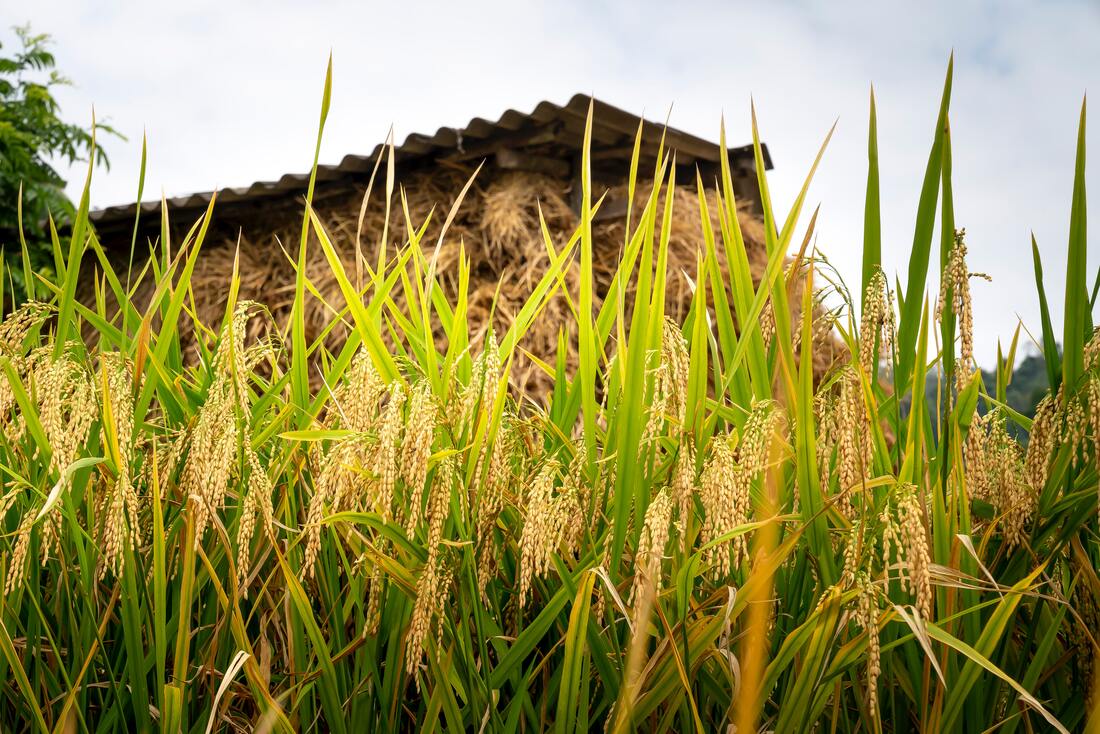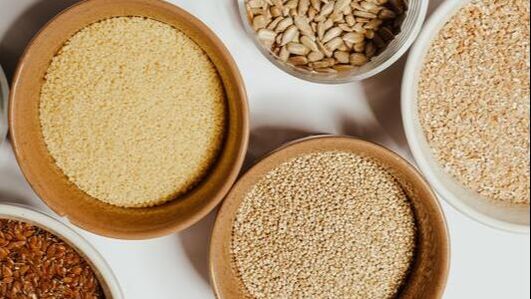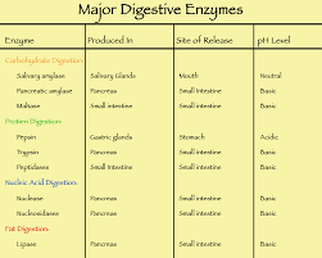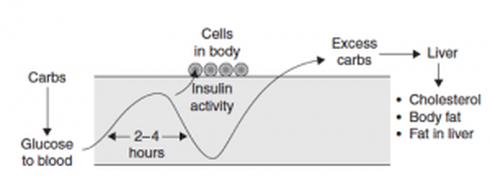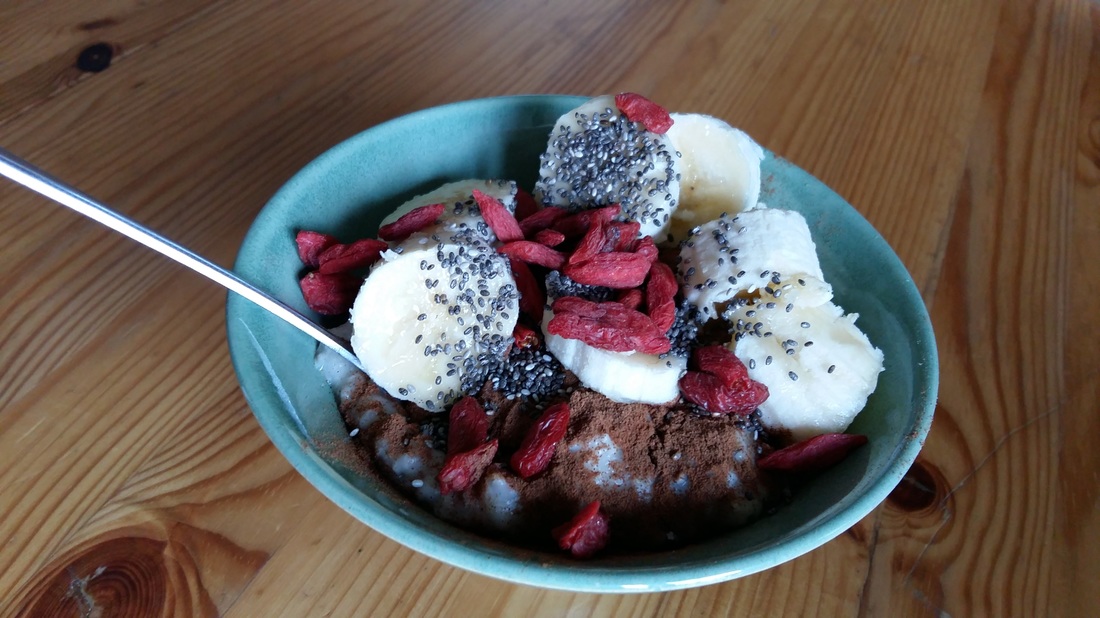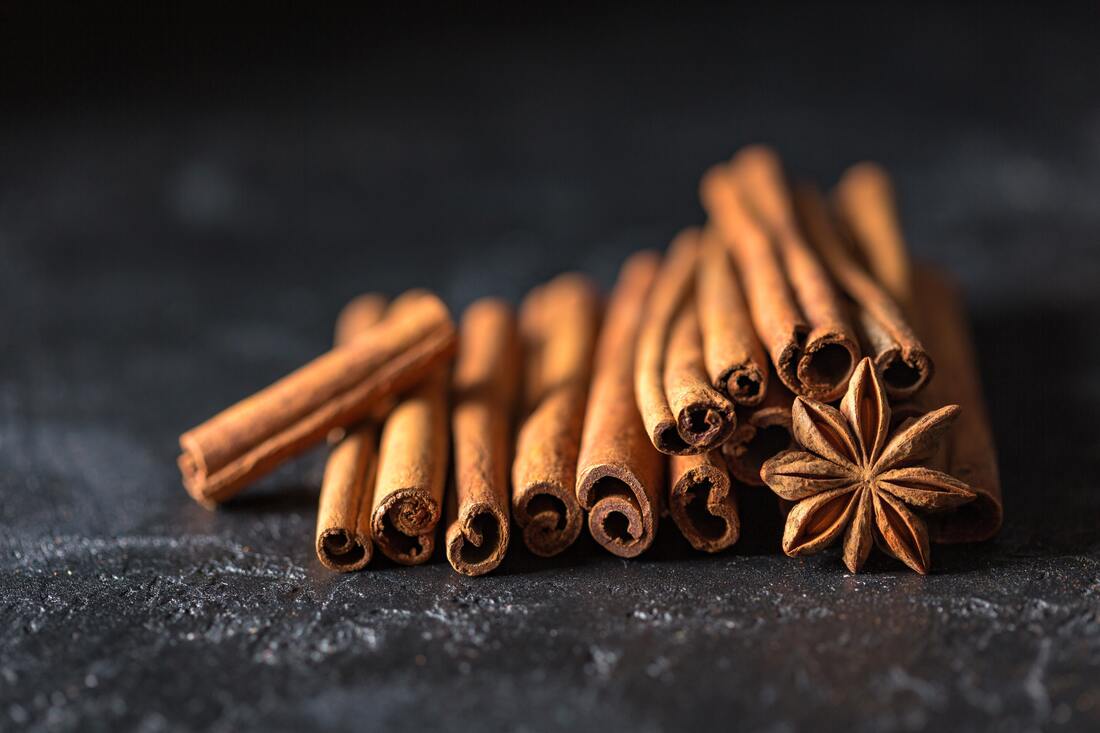The most common varieties are classified by size and texture such as long, medium, and short-grained, and by the strain such as white, brown, red, black or purple. There are also specialty rices, that help make up the more than 40,000 varieties.
The nutritional value can range depending on many factors including the type of rice, the soil the rice is grown in, if and how the rice is processed, the manner it is enriched, and how it is prepared while cooking.
After rice is harvested, the hull must be removed in order for it to be edible. If the rice is milled further, the bran and germ are removed, turning it to white rice with a much longer shelf life, which is the kind of rice that most people eat around the world.
Unfortunately white rice, although popular, actually has the lowest levels of health-promoting nutrients. The bran is the outer layer of the rice kernel and this important component of rice that contains nutrients like protein, fat, and dietary fiber as well as minerals.
Some of the most noticeable ranges in nutrients between white and brown rice are the vast difference of magnesium, phosphorous, Vit, E, and fibre, brown rice being superior in all.
Making a switch from white to brown rice has been shown to positively impact your health. This includes lowering the risk of type 2 diabetes(1), decreasing cardiovascular risk by improving cholesterol levels (2), lowering blood pressure(3) and antioxidant activity, while providing protection against inflammation (4) and cancer.
Lets take a quick look at some popular varieties of rice.
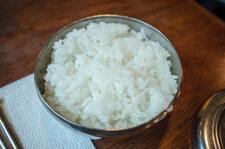
White rice is milled and polished, which alters the flavor, appearance, texture and helps to extend it's shelf life. Removing the bran, germ and husk prevents the rice from spoiling. The downfall of these processing technique is however, is that white rice is stripped of iron, zinc, magnesium and other important vitamins and nutrients found in the bran, or outer shell.
Even when white rice is 'nutrient-fortified', which is an optional or voluntary additions by manufacturers in Canada (5) , it does not match the nutritional density of whole grain rice and lacks the bran, fibre, and healthy fats which has been shown to provide the impressive health benefits because many of these phytonutrients are lost in the milling process. Short grain white rice also has a high glycemic index compared to whole grain rice such as brown, red, wild and basmati rice, since it does not contain the fibre or fat from the bran, which slows down the absorption of sugars into the bloodstream.
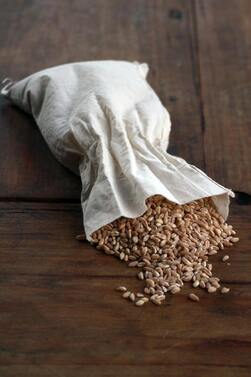
Brown rice undergoes minimal processing. This means that most of the nutrients including calcium, magnesium, thiamine and potassium are retained. The protein, healthy fats, and fibre also remain in the rice, which gives brown rice the shelf life of apx 6 months instead of the almost indefinite life of white rice. Which makes me think; really how old is the white rice we're eating? Months? Years? Who can tell??
Red Rice
Red rice is a special variety of rice, which derives its rich red color from anthocyanins. Anthocyanins not only provide the rice’s unique color, but also deliver protective antioxidant properties and anti-carcinogenic activities, which aid in cardiovascular disease, diabetes, and cancer prevention. Red rice has 10 times the antioxidants of brown rice. Red rice is also nutrient dense with 20% of the daily values for magnesium, phosphorus.
Black and purple rice derives its rich color from anthocyanins, tocorols (a part of vit E), and other phytochemicals which are located in the inner portion of the rice bran. Black rice has a deep black color and usually turns deep purple when cooked. Its dark purple color is primarily due to its anthocyanin content, which is higher by weight than that of other colored grains. Black rice is high in nutritional value and is a source of iron, vitamin E, and antioxidants( even more than in blueberries).The bran hull (outermost layer) of black rice contains one of the highest levels of anthocyanin antioxidants found in food.
This rice grain has a similar amount of fibre to brown rice and, like brown rice, has a mild, nutty taste. Black rice contains essential amino acids like lysine and tryptophan; vitamins such as thiamine (B1), riboflavin (B2), and folic acid (B9); and dietary minerals including iron, zinc, calcium, manganese, and phosphorus. It's also super delicious in salads!
So the next time your shopping, pick up a little colour.
If you are currently restricting fibre or if your doctor has prescribe a low-fiber diet; parboiled rice might be a good option. Some of the reasons someone might be on a fibre restricted diet;
- You have narrowing of the bowel due to an inflammatory disease
- You have had bowel surgery
- You are having treatment, such as radiation, that damages or irritates your digestive tract
- Flare ups from inflammatory disordered like Crohn's, IBS, Colitis, or others
Parboiled Rice
Parboiled rice is also called 'converted rice', which means that it has been partially boiled or steamed at high temperatures in the husk. The three steps include soaking, steaming and drying, and then removing the husk of the rice. This process enhances the nutrition density by driving certain nutrients from the bran to the endosperm, making it about 80 percent nutritionally similar to brown rice but with a better source of fiber, calcium, potassium, and B-6 than regular white rice. It also has a lower glycemic index than white rice.
There are different lengths of the rice in which varieties are sorted, and it seems to correlate with longer strains of rice having a lower glycemic index, opposed to the short grain “sticky rice” having a much higher glycemic index rating. And the darker or wild rice varieties also having much lower GI ratings than white rice.
There are a lot of factors that applied to how the glucose is ushered into your cells after digestion, like what else is in your bowl, but in most part, keeping the GI or GL lower can help regulate insulin production in the body, and we all know that keeping this regulated, avoiding the dips and spikes, is so important for health. We don't just want to eat to survive, we truly want to thrive.
Rice of all size, colour or origin is best sought organic, one of the staple crops around the world that is conventionally heavily sprayed or contaminated. Rice crops are known to have high levels of arsenic and the best way to flush this compound out is by soaking your rice over night. Rinsing several times just like any other grain. Then cook as directed.
So when its time to purchase some rice for the kitchen, try something new, have fun, and nourish your temple well!
In Health,
~Rebecca
References;
- https://www.hsph.harvard.edu/nutritionsource/carbohydrates/fiber/
- https://www.nhlbi.nih.gov/health/resources/heart/hbp-dash-in-brief-html
- ://www.ncbi.nlm.nih.gov/pmc/articles/PMC4018597/
- http://www.inspection.gc.ca/food/labelling/food-labelling-for-industry/nutrient-content/reference-information/eng/1389908857542/1389908896254?chap=1
